These masked bandits are adapting to human neighborhoods faster than homeowners can figure out how to deal with them.
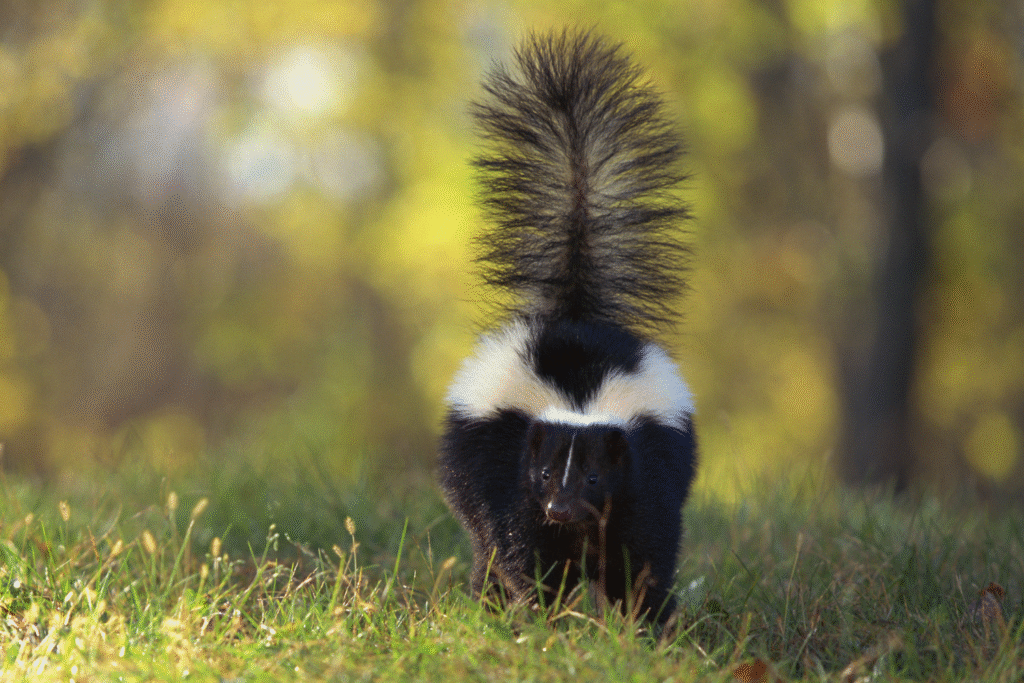
Spotting a skunk waddling across your perfectly manicured lawn used to be a rare suburban event that sent families scrambling indoors and pets running for cover. These days, skunk sightings in residential areas have become so common that many neighborhoods have their own resident populations who treat backyard sheds like luxury condos and garbage cans like all-night diners. The reasons behind this furry invasion might surprise you, and the solutions require more strategy than simply hoping they’ll move along.
1. Weather patterns are driving them somewhere unexpected.
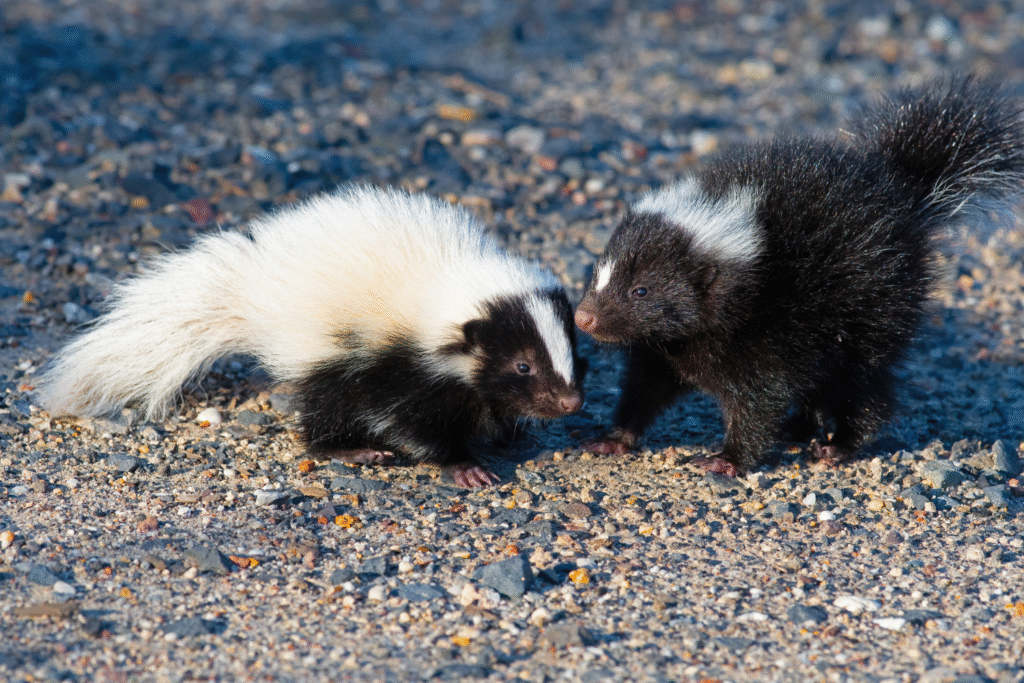
According to research published by the National Wildlife Federation, rising temperatures and shifting precipitation patterns are forcing skunks to expand their traditional territories into suburban areas where water sources and food remain more reliable than in their natural habitats. Drought conditions in rural areas make suburban sprinkler systems and pet water bowls irresistible attractions for wildlife seeking consistent hydration. Climate refugees aren’t just a human phenomenon – animals are relocating too.
The cascading effects of environmental changes create perfect storms that push wildlife into human spaces. Traditional food sources become scarce in natural areas while suburban environments offer year-round abundance through gardens, compost piles, and pet food left outside. Skunks, being opportunistic survivors, quickly learn that human neighborhoods provide everything they need without the territorial competition they face in wilderness areas.
2. Your landscaping choices accidentally rolled out the welcome mat.
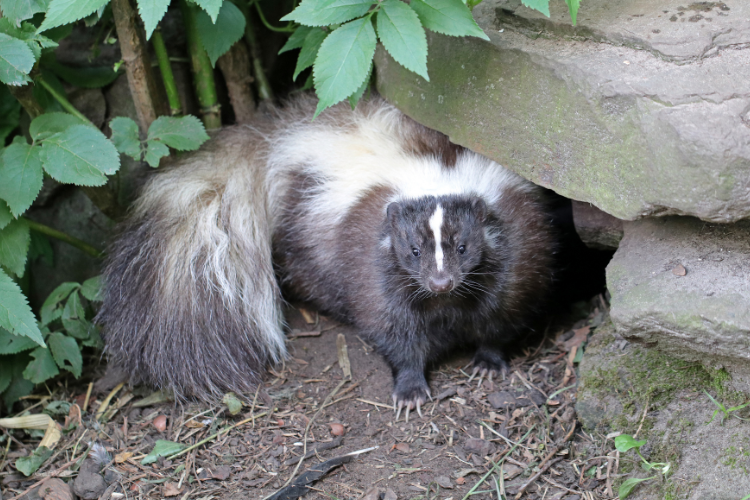
Modern suburban landscaping trends favor native plants, rain gardens, and naturalized areas that inadvertently create ideal skunk habitat right in residential neighborhoods. Dense groundcover plantings provide perfect hiding spots, while berry-producing shrubs offer seasonal food sources that keep skunks coming back for more. These well-intentioned environmental improvements create corridors that connect suburban properties to larger wildlife areas, as reported by urban wildlife specialists at the University of California Extension Program.
Water features like decorative ponds, rain barrels, and bio-swales designed to manage stormwater runoff become essential resources for urban-adapted wildlife. Homeowners creating pollinator gardens and reducing pesticide use inadvertently boost insect populations that serve as primary food sources for hungry skunks. The very efforts to make our neighborhoods more environmentally friendly have made them more attractive to wildlife seeking suburban amenities.
3. Development patterns created perfect corridors for wildlife movement.
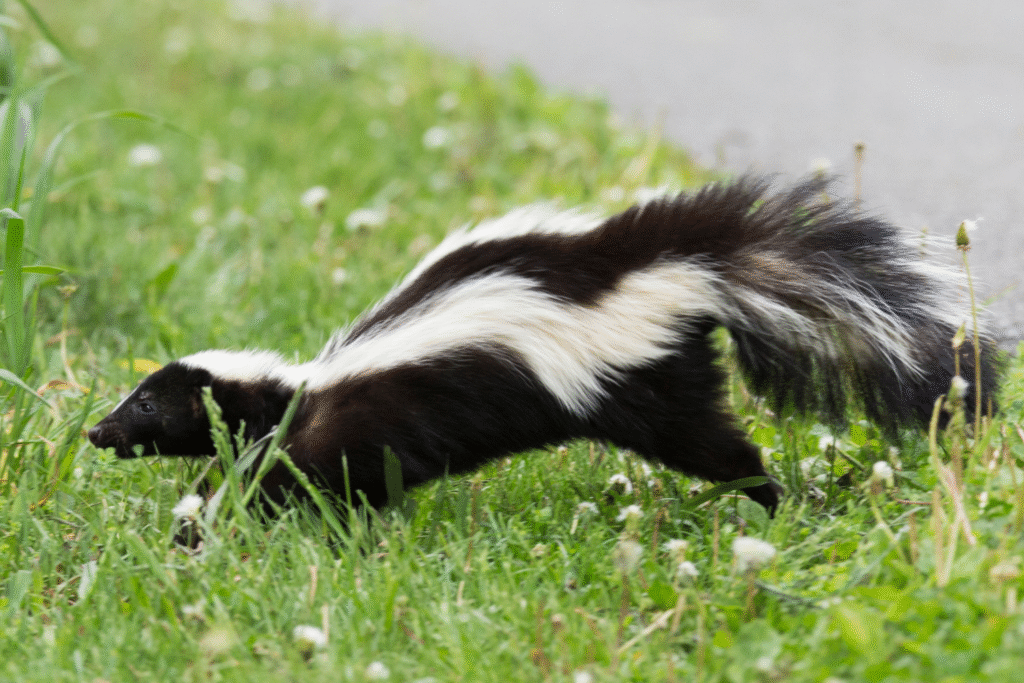
Suburban sprawl has carved up natural habitats in ways that force wildlife to travel through residential areas to access food, water, and mates in remaining wild spaces. According to findings published by the International Association of Wildlife Agencies, fragmented landscapes create bottleneck effects where animals must use suburban neighborhoods as highways between isolated habitat patches. Golf courses, parks, and greenbelts serve as stepping stones that guide wildlife deeper into human settlements.
The linear nature of suburban development – following river valleys, ridge lines, and transportation corridors – mirrors natural wildlife movement patterns. Skunks simply follow these established routes that now happen to wind through subdivisions rather than continuous wilderness. Storm drainage systems, utility easements, and abandoned railroad tracks create underground and above-ground networks that allow wildlife to travel undetected through suburban areas until they emerge in someone’s backyard.
4. Garbage day has become an all-you-can-eat buffet.
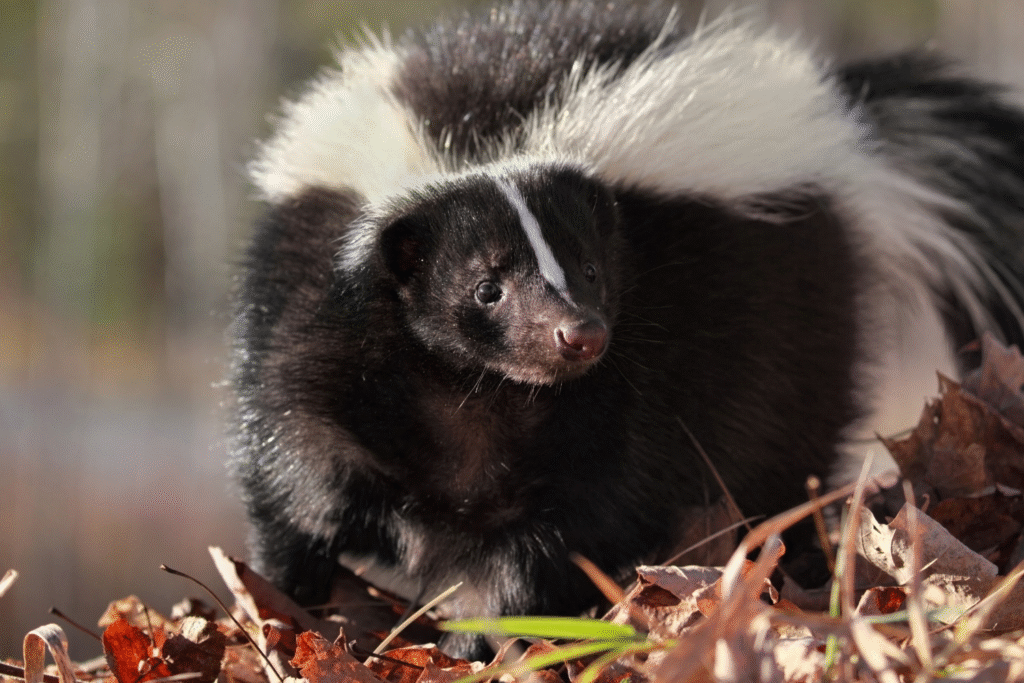
Weekly trash collection schedules train skunks to anticipate regular feeding opportunities that arrive like clockwork every few days. Unlike their unpredictable natural diet, suburban garbage provides consistent access to high-calorie foods that require minimal energy expenditure to obtain. Skunks quickly learn which neighborhoods put out trash the night before pickup and which homeowners are careless about securing their bins properly.
The abundance and variety of suburban food waste far exceeds anything available in natural environments. Leftover pet food, fallen fruit from ornamental trees, spilled birdseed, and organic kitchen scraps create a diverse menu that supports larger skunk populations than wilderness areas could sustain. This reliable food source allows skunks to reproduce more successfully and raise more offspring in suburban environments than they could in traditional habitats.
5. Outdoor pet feeding stations are sending dinner invitations.
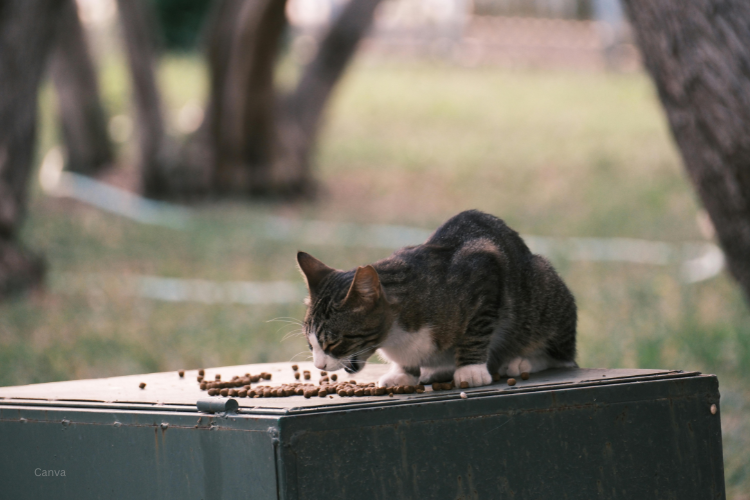
Leaving pet food outside overnight or in accessible locations essentially advertises free meals to every nocturnal animal in the neighborhood. Skunks possess excellent senses of smell that can detect pet food from considerable distances, and they quickly establish feeding routes that include reliable outdoor food sources. Many pet owners unknowingly train wildlife to visit their properties by maintaining predictable feeding schedules and locations.
Cat and dog food provides complete nutrition that’s far superior to most natural food sources available to wild skunks. The high protein and fat content supports better body condition and reproductive success than traditional diets, encouraging skunks to establish territories around these abundant resources. Automatic feeders, food left out for feral cats, and carelessly stored pet food bags create feeding opportunities that keep skunks coming back night after night.
6. Construction activities are displacing established populations.
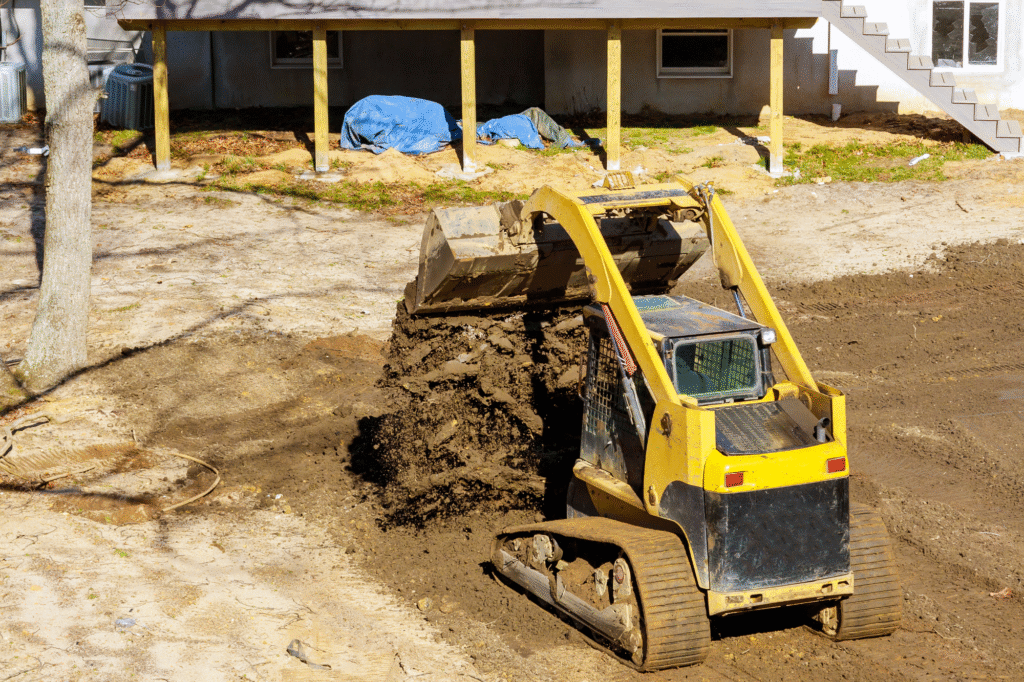
New development projects destroy existing skunk dens and force established populations to relocate into nearby suburban areas that suddenly seem more attractive than searching for new wilderness homes. Bulldozers and excavation equipment eliminate underground burrows, fallen logs, and brush piles that serve as traditional skunk shelters, leaving displaced animals with few options except to adapt to human environments. Road construction, utility installations, and even large-scale landscaping projects can trigger wildlife displacement events.
Displaced skunks don’t simply disappear – they move to the nearest suitable habitat, which increasingly means residential neighborhoods with abundant food sources and shelter opportunities. Sheds, deck spaces, and abandoned structures provide alternative den sites that often prove more comfortable and secure than natural shelters. The timing of construction projects often coincides with breeding seasons when skunks are least able to travel long distances to find new territories.
7. Natural predator populations can’t keep up with suburban expansion.

Traditional skunk predators like coyotes, bobcats, and large birds of prey struggle to maintain territories in suburban environments, creating ecological imbalances that allow skunk populations to flourish unchecked. Domestic dogs and cats don’t provide the same population control pressure as wild predators, particularly since most pets avoid direct confrontation with skunks. Urban lighting, noise, and human activity discourage natural predators while having minimal impact on adaptable skunks.
The absence of natural population controls allows suburban skunk numbers to exceed what their territories would normally support in wild settings. Without predation pressure, skunks can afford to be less cautious about foraging times and locations, making them more visible to surprised homeowners. This ecological disruption creates feedback loops where successful suburban skunk populations attract more individuals seeking safe territories with abundant resources.
8. Shelter options in suburbs often beat wilderness accommodations.
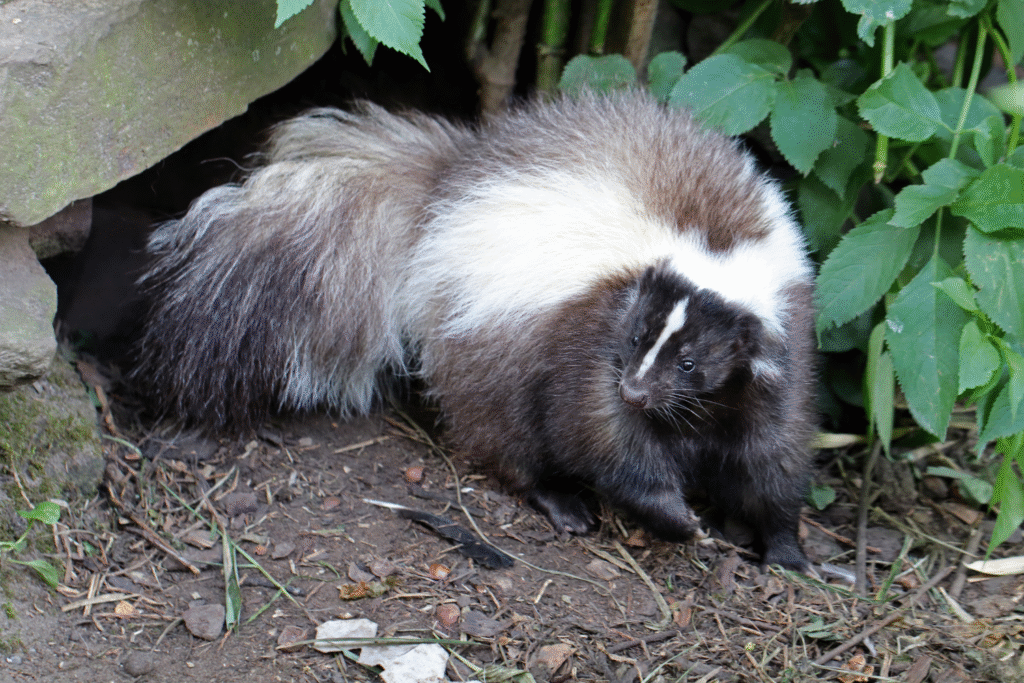
Suburban environments offer numerous shelter opportunities that provide better protection from weather and predators than most natural den sites. Spaces under decks, porches, and sheds create ideal microclimates that remain warm in winter and cool in summer while offering multiple escape routes. These artificial shelters often prove more structurally sound and weatherproof than burrows, hollow logs, or rock crevices available in natural areas.
The maintenance-free nature of suburban shelters appeals to skunks who would otherwise spend considerable energy digging and maintaining natural dens. Crawl spaces, abandoned buildings, and even large compost piles provide ready-made homes that require no construction effort. The proximity of shelter to food and water sources in suburban settings creates efficiency that wild territories rarely match, making suburban living genuinely attractive to wildlife seeking optimal habitat conditions.
9. Reduced hunting pressure makes neighborhoods feel safer.
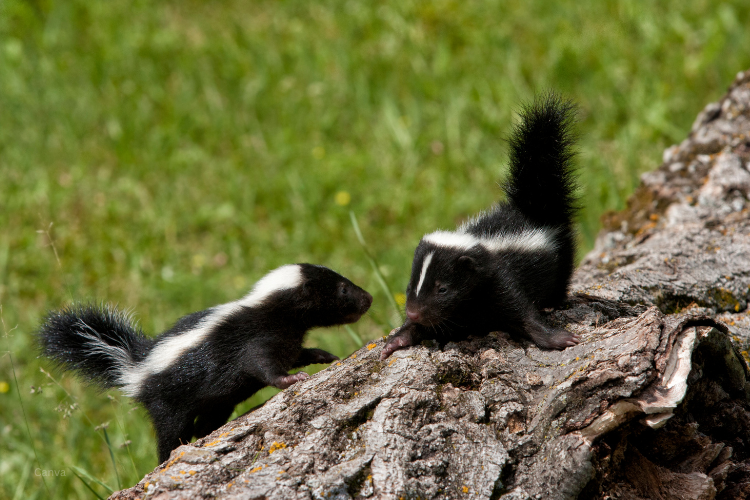
Suburban skunks face virtually no hunting pressure compared to their rural counterparts, allowing populations to grow beyond natural carrying capacity. Legal restrictions on firearm use in residential areas, combined with general public tolerance for wildlife, create safe havens where skunks can live and reproduce without fear of human persecution. This protection from hunting allows more skunks to reach reproductive age and contribute to population growth.
The cultural shift toward wildlife appreciation rather than elimination has inadvertently created suburban wildlife sanctuaries where animals face fewer threats than in rural areas where hunting and trapping remain common. Skunks quickly learn to recognize these safe zones and may actually seek out suburban territories specifically because they offer protection from human persecution. This learned behavior gets passed down to offspring who inherit both territory knowledge and safety awareness.
10. Winter survival rates skyrocket in heated human environments.
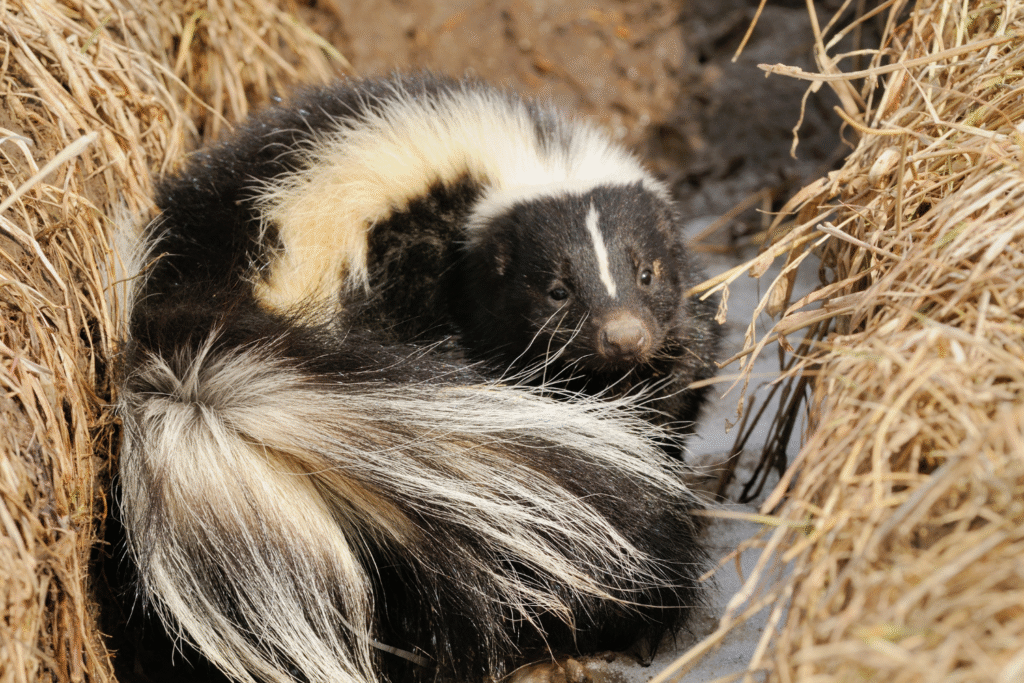
Suburban microclimates created by heated buildings, paved surfaces that retain heat, and artificial windbreaks dramatically improve winter survival rates for skunks compared to natural environments. Heat leaking from foundations, warm air vents, and even decorative lighting create temperature zones that allow skunks to conserve energy during cold periods. These artificial heat sources can mean the difference between survival and death during harsh winter weather.
The improved winter survival rates lead to larger spring populations that require more territory and resources than natural areas can provide. Young skunks born in suburban environments often lack the skills and knowledge needed to survive in wilderness areas, making them dependent on human-modified landscapes for their entire lives. This creates self-perpetuating cycles where suburban skunk populations grow while their ability to return to natural habitats diminishes, essentially making them permanent suburban residents.
